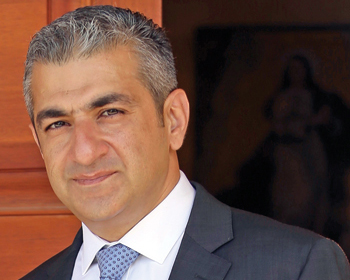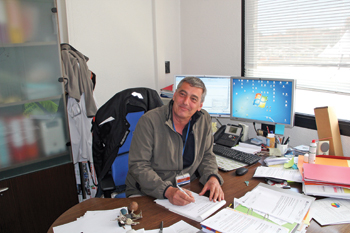
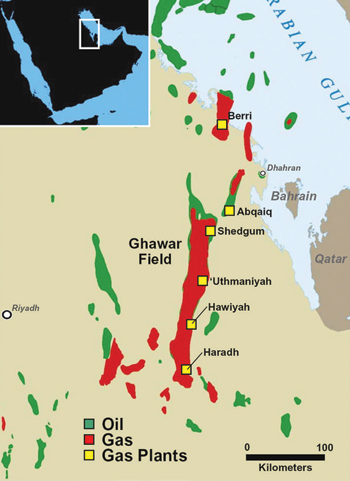 Ghawar ... the world’s largest oilfield
Ghawar ... the world’s largest oilfield
SAUDI Aramco has begun reducing production capacity at its giant workhorse fields in order to keep the state giant’s overall capacity at 12 million barrels per day as it ramps up a new offshore field, chief executive Khalid Al Falih says.
Aramco, the world’s largest oil exporter, has started dialing back capacity at the northern parts of Ghawar, which include the Ain Dar/Shedgum segments of the field.
Ghawar, the world’s largest oil field, has been pumping oil since the 1950s, and the northern sections are some of the field’s oldest. For decades, they have combined to produce some 2 mbpd out of a total field capacity of 5 mbpd.
Al Falih also says “a little” bit of capacity has been taken off the Abqaiq field, which is similarly elderly having started production in the 1940s. The field previously could produce 350,000 bpd.
Aramco does not want to increase production capacity above 12 mbpd, so it must make room for the 500,000 bpd from the Manifa field, which started up last summer. The $17 billion field is due to reach 900,000 bpd by the end of the year.
The state oil giant has said for years that the addition of Manifa was to offset natural declines and allow older fields, like Ghawar and Abqaiq, to “rest.”
Ghawar’s remarkable production history is because of the enormous size of the Arab-D reservoir in the field. Experts provide a figure of 693,000 acres for the productive area of the Ghawar Field. This represents a single, pressure-continuous reservoir.
The anhydrite in the Upper Arab-D forms the seal for the 1,300-foot oil column in Ghawar. It is composed of sabkha evaporites and subaqueous evaporites with thin carbonate interbeds that can be traced for hundreds of kilometers. The anhydrite thickens to the south at the expense of the reservoir zones; the combined thickness remains relatively constant.
The Arab-D reservoir at Ghawar comprises two major shoaling-upward cycles deposited during a relative highstand in sea level. It is composed of skeletal grainstones and packstones with ooid grainstones locally common in the upper Arab-D. The diagenetic processes that have affected the Arab-D reservoir include dolomitisation, leaching and recrystallisation, cementation, compaction and fracturing.
Interparticle porosity is abundant in the Arab-D reservoir in the Ghawar Field and moldic porosity is common as well. Intercrystal pores are common in dolomites and microporosity is abundant in both limestone and dolomite lithologies.
In the uppermost part of the Arab-D are occasional zones that contain more than 10 per cent of a stromatoporoid sponge known as cladocoropsis. Where this facies is dolomitised, the relatively fine-grained matrix is replaced by dolomite and the cladocoropsis is leached, causing a phenomenon described by reservoir engineers as super-permeability. These super-permeable zones, where present, offer so little resistance to fluid flow as to be difficult to model for reservoir engineering purposes.
The source rock for the Ghawar oil is believed to be the Tuwaiq Mountain Formation, which underlies the Hanifa. It is Callovian and Oxfordian in age and reaches a thickness of more than 300 feet in the basinal area between the Ghawar and Khurais Fields. That this moderate volume of source rock should produce the largest accumulation of light oil in the world indicates very efficient migration and entrapment. The fact that the Ghawar oil-water contact is substantially higher on the west flank than on the east indicates a hydrodynamic gradient to the east, which may explain the much larger volume of oil in Ghawar than in Khurais.
The Ghawar structure consists of two subparallel, north-south trending structural crests, separated by a saddle. It is about 174 miles long and 12 miles wide. In the northern part of the field, the saddle dips below the initial oil-water contact between Uthmaniya and Ain Dar, but the two crests remain above it. The Fazran and Ain Dar areas are along the western crest and the Shedgum area is along the eastern crest. The three southern areas extend across both crests.










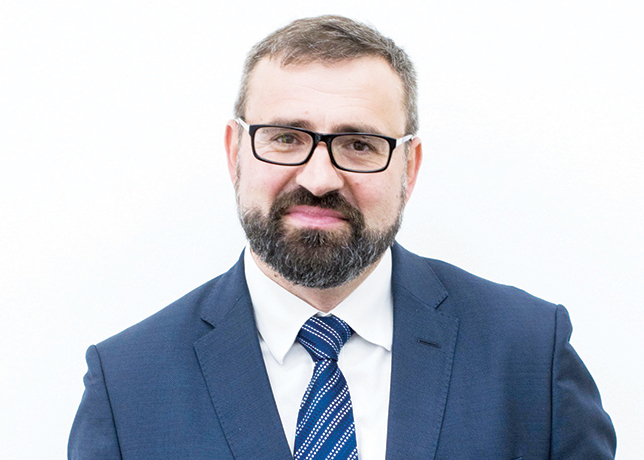

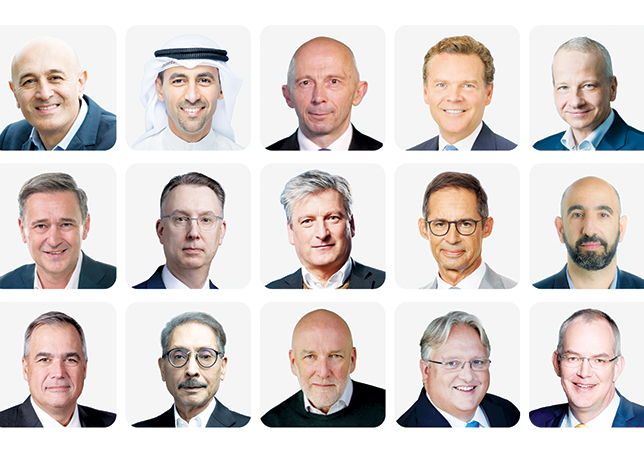




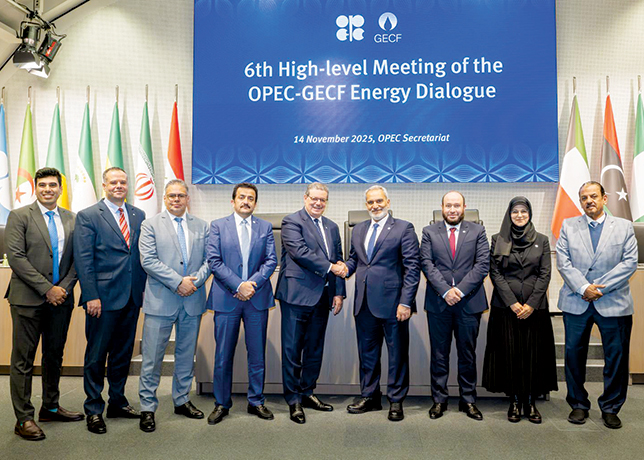



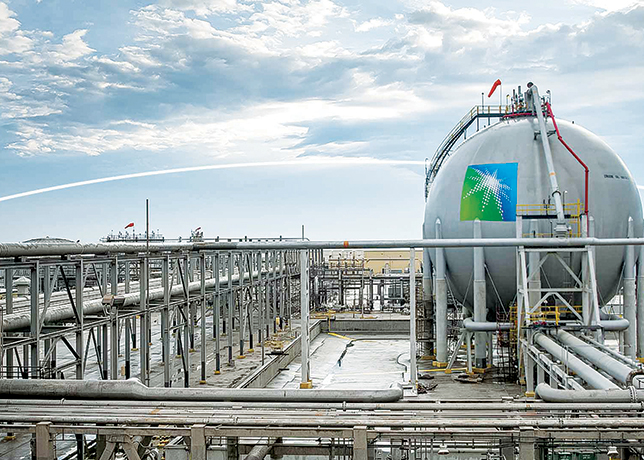

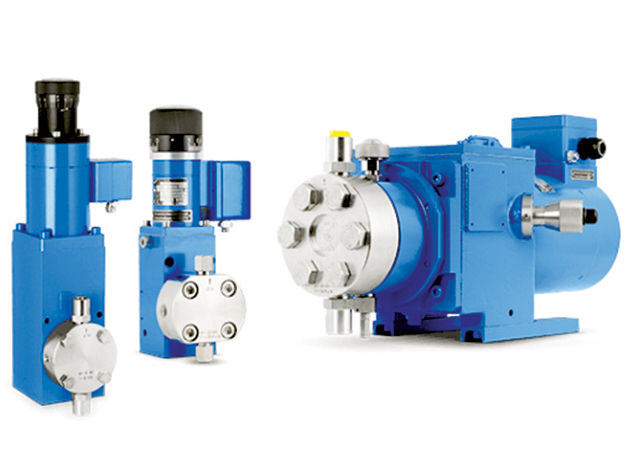
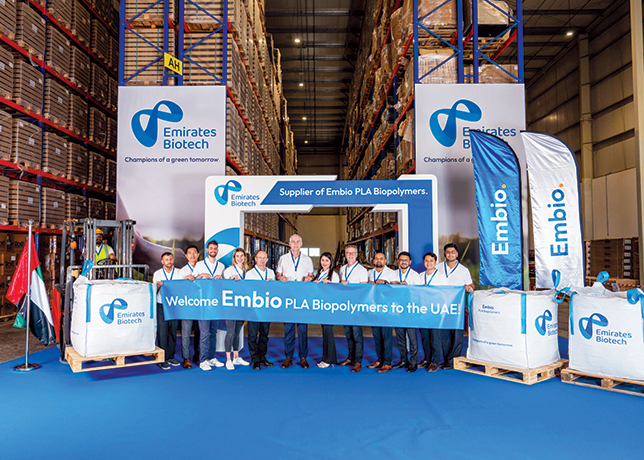




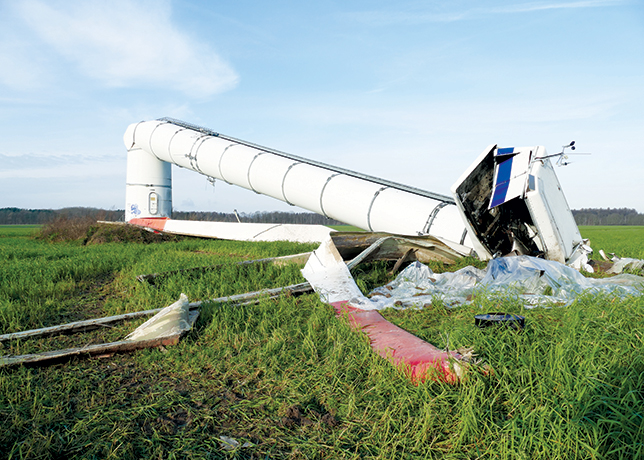
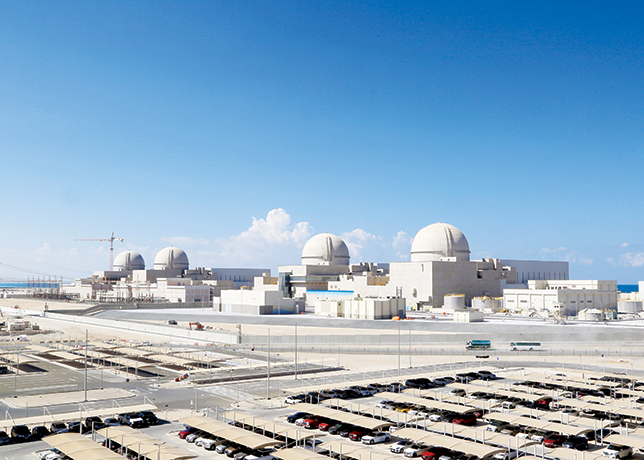
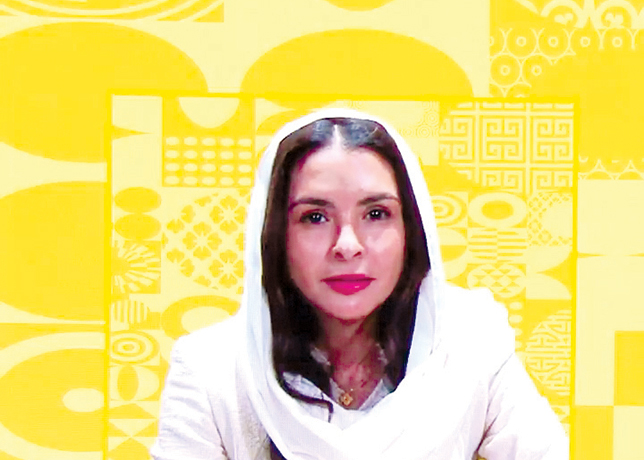




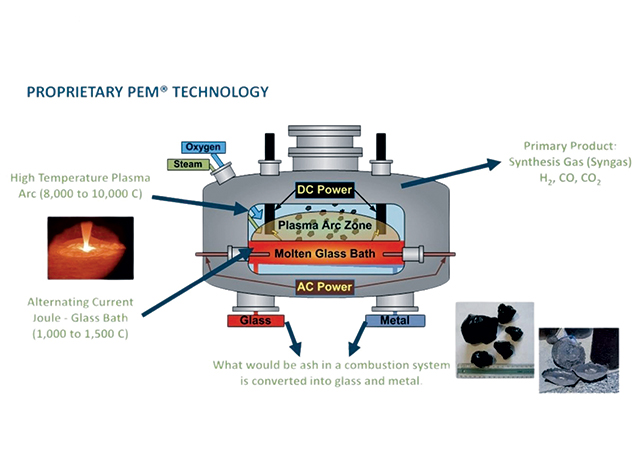
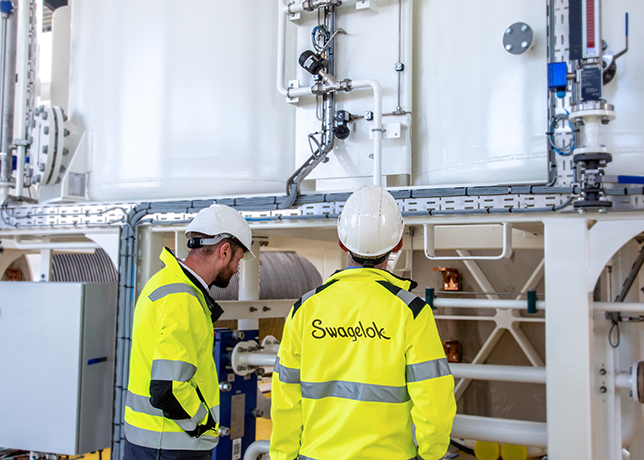
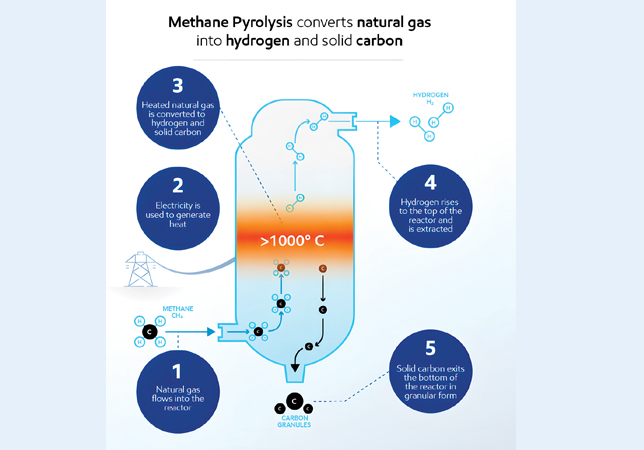
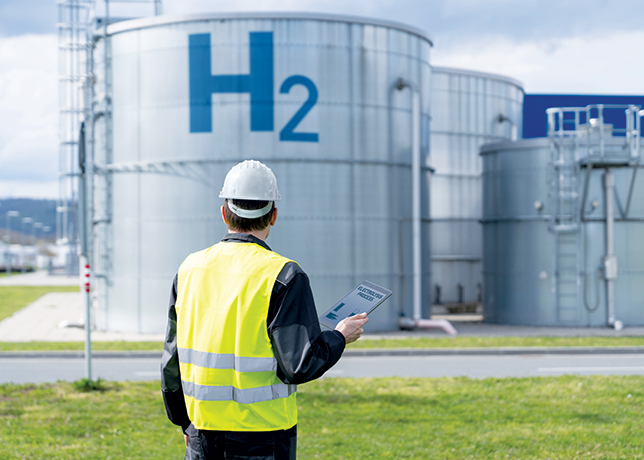
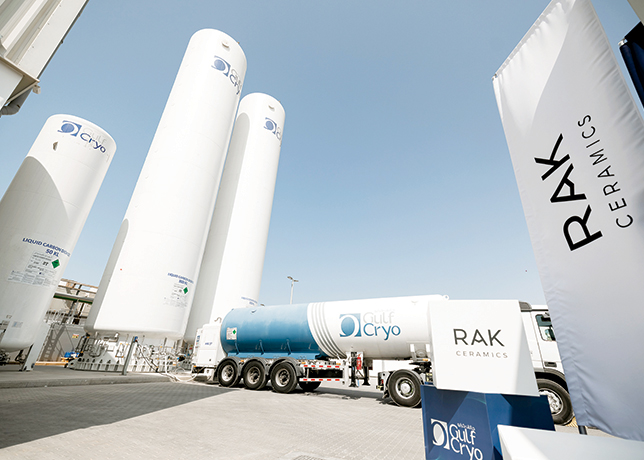
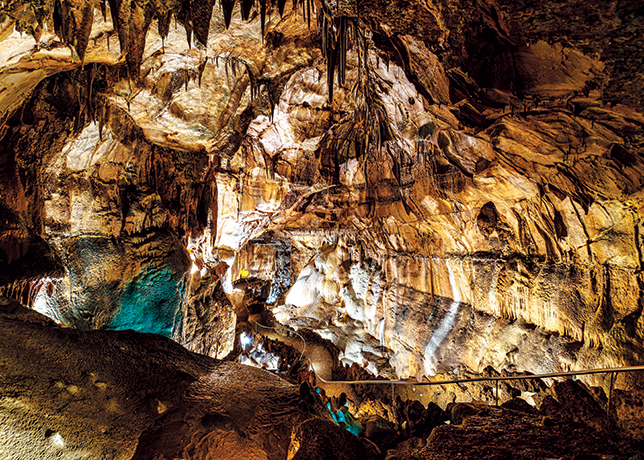

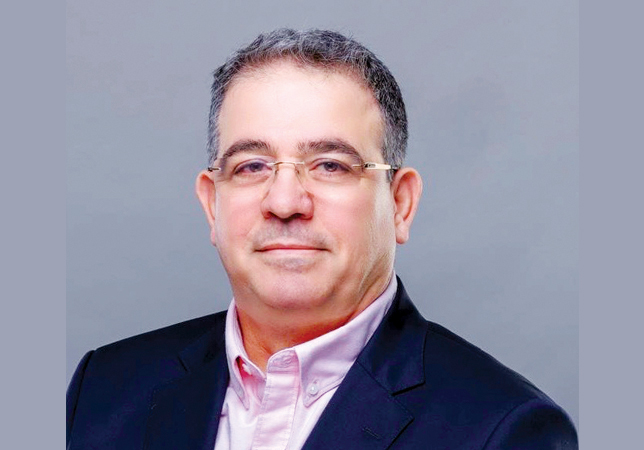
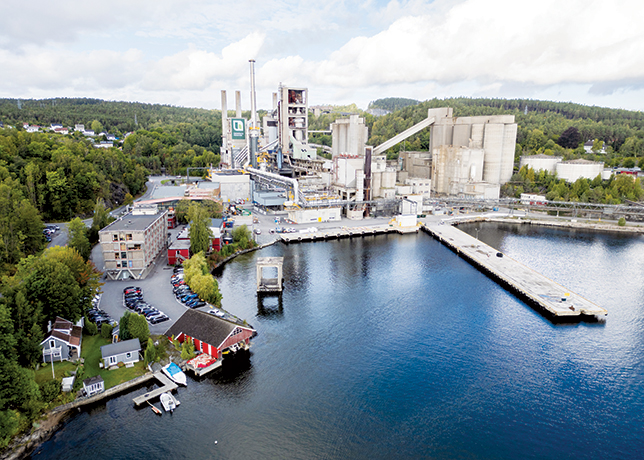

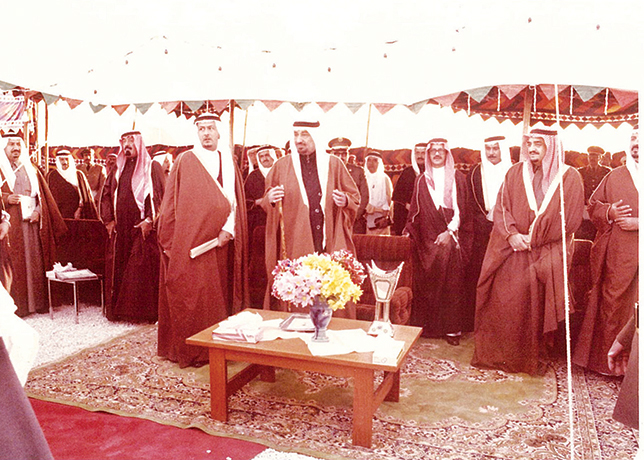



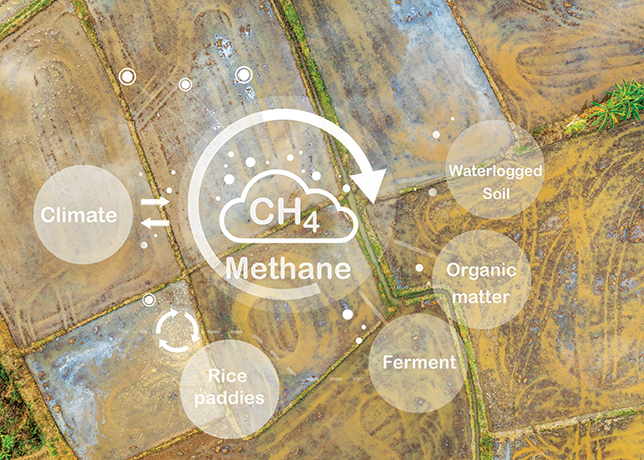
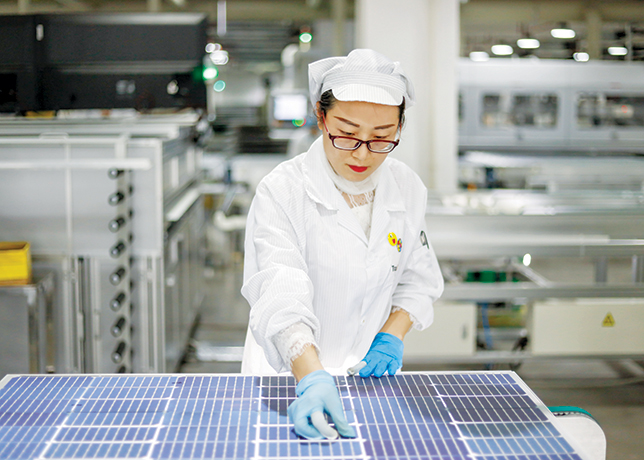






















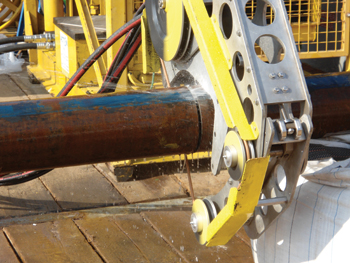


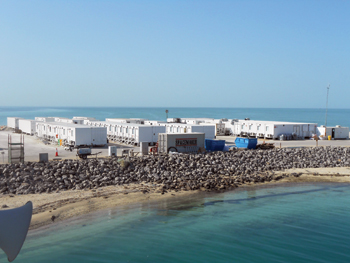

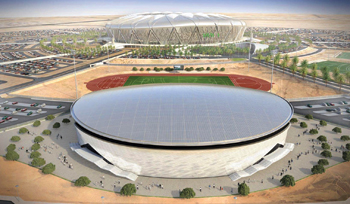
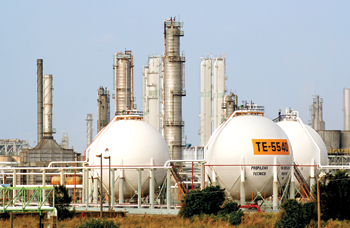

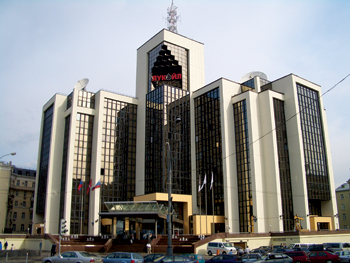
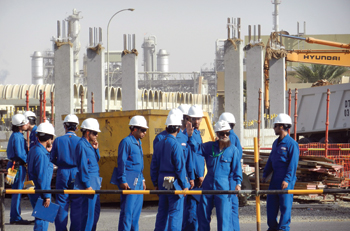
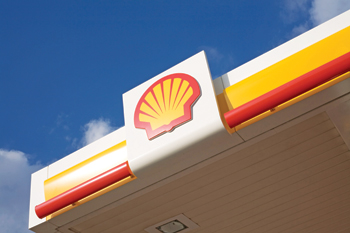
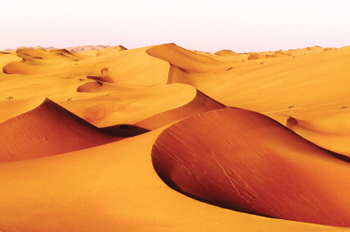
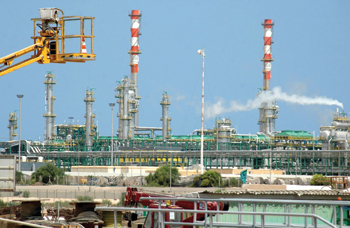


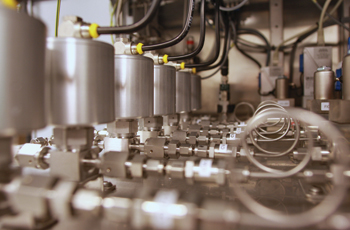

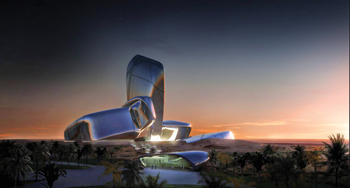

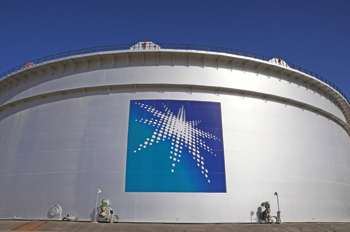
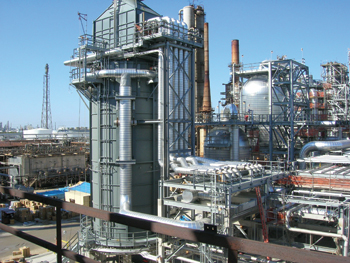

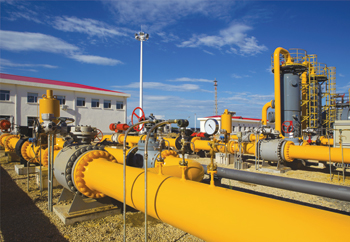


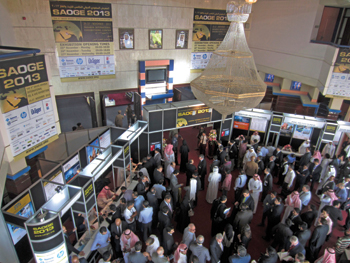

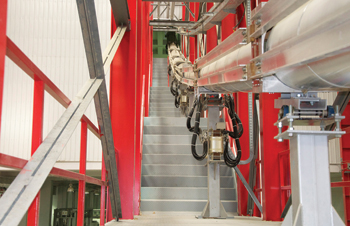
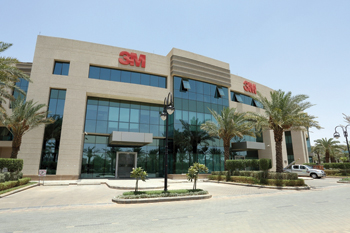

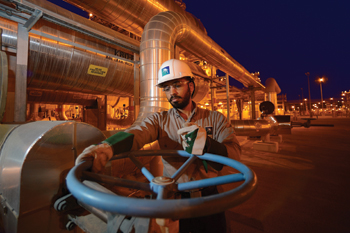
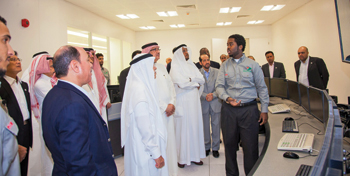

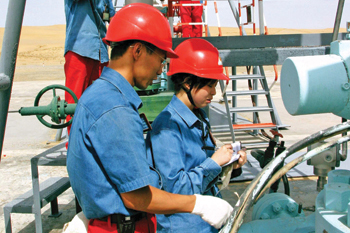
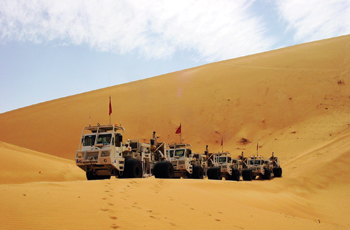
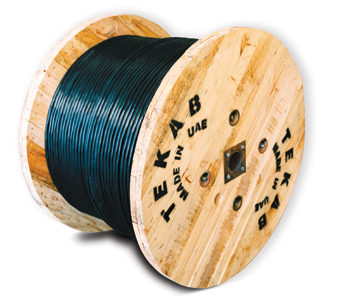
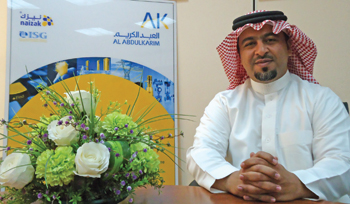
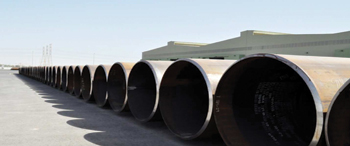
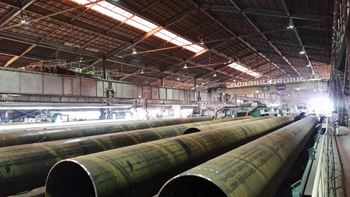

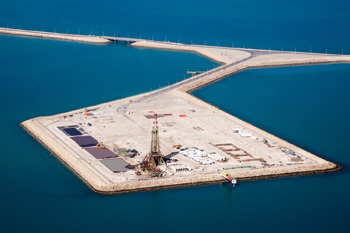
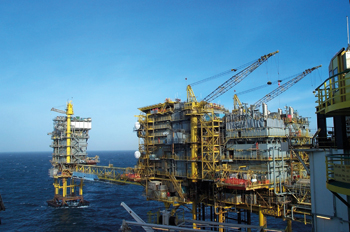
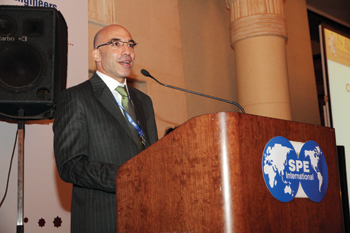
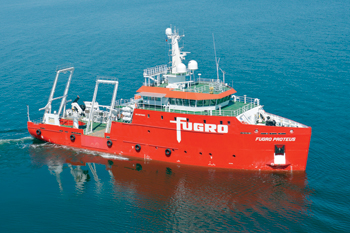
-(3).jpg)
